Anyone who has been around prepping for any length of time has a general idea of just how critical electrical power is to modern society. A large part of what we prepare for is the effects of losing our electric grid, because we have a pretty good idea of just how much else we’ll lose when that happens. The worst TEOTWAWKI event that most of us can imagine, is a loss of the electric grid.
But even with all this understanding, few of us actually have enough power generating capacity to make much of a difference, should the grid go down. Most preppers I’ve seen have a solar panel or two, or perhaps one of those “solar generators” which consist of a solar panel and a car battery; but I’ve hardly seen anyone who has a considerable amount of electrical generating capacity, unless it is a full-blown commercial installation. Even then, those aren’t really installed for prepping; but to supposedly save money.
I have a few problems with solar panel manufacturers, as well as installers that provide turnkey installation services, which I’d like to talk to you about. As with any other industry out there, where the public is not well educated, it appears that solar power companies aren’t 100% honest with their clients. What they tell us they’re selling us and what they’re delivering don’t always seem to line up all that well.
Click HERE to Get the World’s Smallest Battery,
That Powers Your House For More Than 2 Days!
The Solar Panels Themselves
Solar panels are made of a number of solar cells, hooked together electrically and mounted together in a case. The case usually has a glass front, so that light can get in and an aluminum frame to give it rigidity and protect the glass and fragile solar cells inside. Even though the cells produce electricity individually, all that most of us deal with is the output of the entire panel.
If you shop for solar cells, as opposed to panels, you’ll find that they all put out 0.5 volts DC. But the panels put out anywhere from 12 to 24 volts, depending on who manufactured them and how they put the panels together. Let’s use 18 volts DC, as a good average. That number is important, because it is higher enough than the nominal voltage of 12-volt car batteries that it can charge them, even when not working at 100% efficiency. Car batteries, or actually, deep cycle lead-acid batteries, which are often referred to as “marine and RV batteries” are often used to store the power produced.
How do they get from 0.5 volts to 18 volts? That’s easy; you connect the solar cells together in series, like batteries in an old-style flashlight. In series means that the negative end of one battery (or solar cell) is connected to the positive end of the next. Each additional solar cell is connected to the string the same way. When you do this, the voltage of the individual solar cells (or batteries) adds up. So, if you connect 36 solar cells together in series, you get 18 volts (36 x .05 = 18).
I’ve built solar panels from scratch, and an 18-volt solar panel made of 3”x 6” solar cells, needs to be about 26” x 32”. Most commercially manufactured solar panels are larger than that; but not so much larger that they could fit 72 of those solar cells. I have a couple of commercially manufactured solar panels here, which measure 20”x 44”. They contain 60 cells, but the individual cells are 2”x 6”.
Besides volts, electricity is also measured in power consumption or power provided, which can be measured in amps or watts. There’s a technical difference between the two of these, but for our purposes right now, it doesn’t matter. We can use the two terms more or less interchangeably, even though they are different measurements.
- To convert from watts to amps, divide the watts by the voltage.
- To convert from amps to watts, multiple the amps by the voltage.
I said that when we connect the solar cells in series, we add the voltage that they produce. When we do this, the wattage or amperage that those cells produce stays the same. to get wattage to add, we need to connect those solar cells in parallel, kind of like jump-starting a car, positive-to-positive and negative-to-negative.
A quick look at solar cells being sold online shows us that they typically produce 1.8 watts. Some higher efficiency ones claim to produce as much as 4.68 watts. But since they are connected together in series, the wattage doesn’t add. So then, how can we get a 100-watt solar panel, with those cells connected in series? My homemade solar panels are only producing 1.8-watts at 18-volts. Looking at the commercial panels I have here, I see 60 cells connected in series. That would indicate that the panels can produce a maximum of 30 volts. But the cells are smaller, at 2”x 6”, so the wattage that each cell produces is less. Yet they sell a panel like this as a “100-watt solar panel.” The math doesn’t add up.
Here we find the first thing to watch out for with solar panels. That is, what they claim to put out and what they actually put out aren’t the same. Manufacturers cover themselves on this, by stating that the specifications given are under ideal conditions; but those ideal conditions pretty much never exist.
Solar Panel Installation
For solar panels to produce the maximum possible power, both in watts and volts, they need to be pointed directly at the sun, both horizontally and vertically. Unless you have them mounted on a stand with a solar tracker, following the sun through the sky, that’s not going to happen. What most people who do their own installations do instead, is aim them true south. That’s slightly different than magnetic south, as the magnetic south pole is actually in a different place than the true south pole. To find it, you need to find the magnetic declination for where you live and offset the reading on your compass by that many degrees.
As for vertical angle on the panels, that needs to change throughout the year. During the summertime the sun is more directly overhead, while in the winter, it is further to the south. Ideally, you should adjust the angle of the panels for each season, to point towards the sun’s track during that season. To avoid all that work, most people install their panels to match their latitude, which puts them at the average angle for all four seasons.
But this isn’t really what solar contractors do, if you have them install your panels. They want to get the job done for the least amount of labor possible. So, what they do is to mount the solar panels on the southmost roof slope, not caring if it isn’t really pointed south. The panels will also be mounted flush to the roof’s surface, rather than at the angle they need to be for optimum efficiency. Mounted like this, they will never provide the best possible output and they won’t bother telling you.
Using that Power
The scheme that most solar power companies use for selling their products is to tell you that they will install enough panels to equal your average energy usage. The idea is that when you are creating more electricity than you need, you can sell it to the power company. Then, when you need more electricity than you are producing, you can buy it from the power company. They’ll show you their calculations, making it look like you won’t pay more than $20 per month in electricity costs.
There are just two problems with this. First, the power company will sell you electricity at retail, while buying it from you at wholesale. Once again, the math doesn’t work out. You’ll likely need to pay more for electricity than their calculations; but they’ll be long gone and that will be your problem.
The second problem is that such a scheme doesn’t take into account electricity needs during an emergency. With your solar panels connected directly to your home’s wiring, if the grid goes out, every bit of electricity your panels are producing will go right into the grid. You won’t get to use any of it. In order to be able to use it, you need those panels to be charging a battery bank and drawing the power out through a voltage inverter for use.
There’s another problem here, which hardly anyone talks about. That is, the batteries are storing electricity at 12-volts DC, while your home uses it at 120-volts AC. To get from one to another, a voltage inverter is used. That’s not a problem, as voltage inverters are readily available. However, in order to boost the voltage ten times, from 12-volts to 120-volts, the voltage inverter needs to draw ten times as much wattage. So, if you are going to power a device that draws 5 amps of electricity (600 watts), you will have to draw 50 amps of electricity (6,000 watts) from the batteries. That’s a lot of power. It takes a lot of batteries to store that much power and a lot of solar panels to charge that many batteries.
Save Yourself Some Money
This may sound like I’m against solar power; but I’m not. I’m just trying to protect you from those who want to take your money, without giving you what you need. For survival purposes, you probably don’t need a full-blown system that is supposed to provide power for your entire house, but won’t. What you need is enough solar panels and batteries to provide power for your critical electrical needs. What are those?
- Refrigeration
- Well pump (if you have a well)
- Medical equipment (if anyone in the family needs powered medical equipment)
- Some lighting
- Some communications
- Security
You don’t need 30 solar panels to do that, but you will probably need somewhere between 10 and 20. You’ll also need several batteries, as the solar panels will really only provide power for an average of 8 hours per day, assuming you install them for maximum efficiency. You also have to take into account that you will likely have bad weather some days, reducing the amount of electricity you can produce.
To get your panels, you can save a lot of money by buying used commercial panels. These are panels which were originally installed in solar farms, but which have been replaced with newer, more efficient ones. They’re still better than much of what is sold for consumer use and the prices you can get them for are considerably better. Look online for “used solar panels for sale” and you’ll be surprised at what you can find.


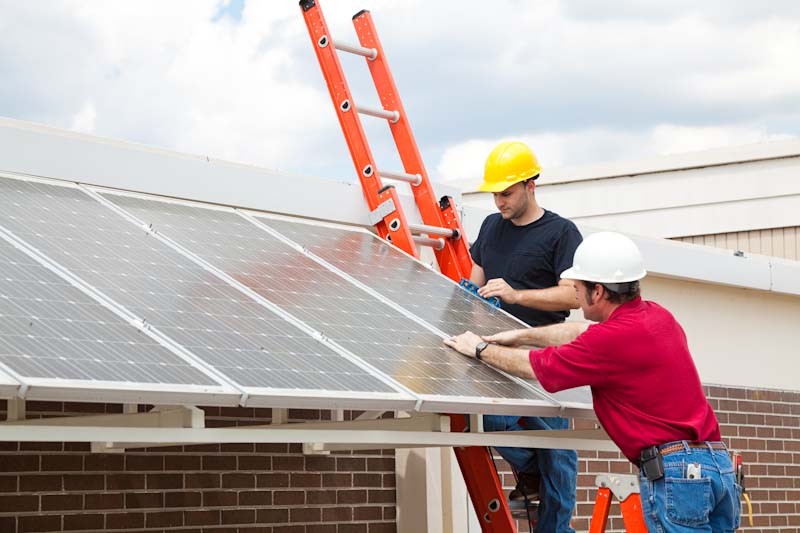
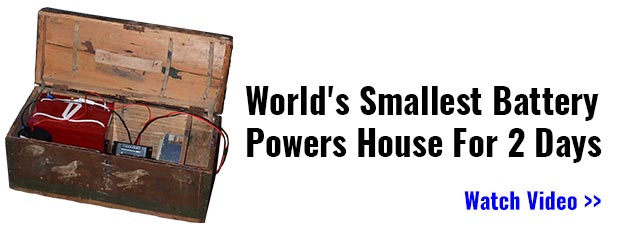
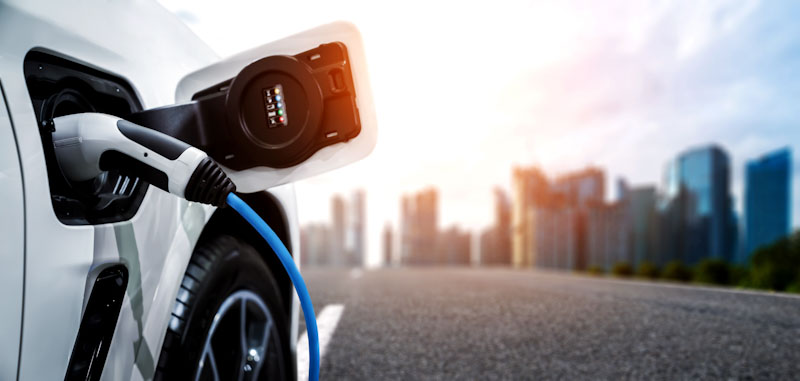
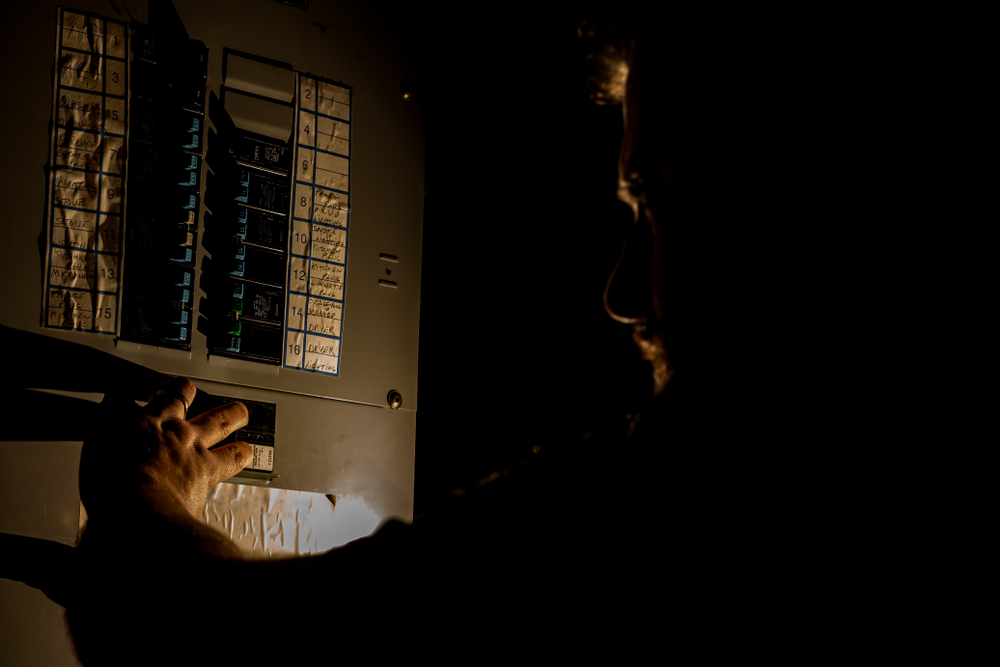
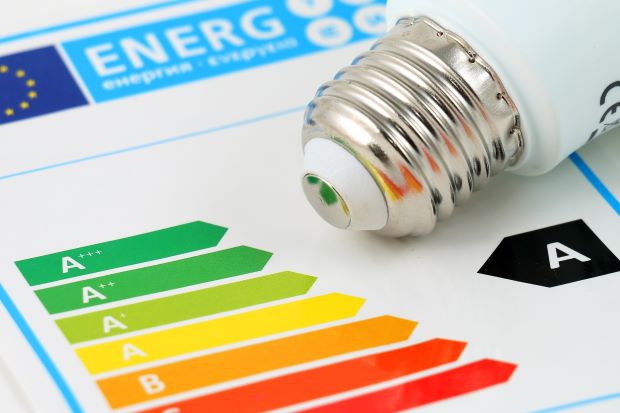
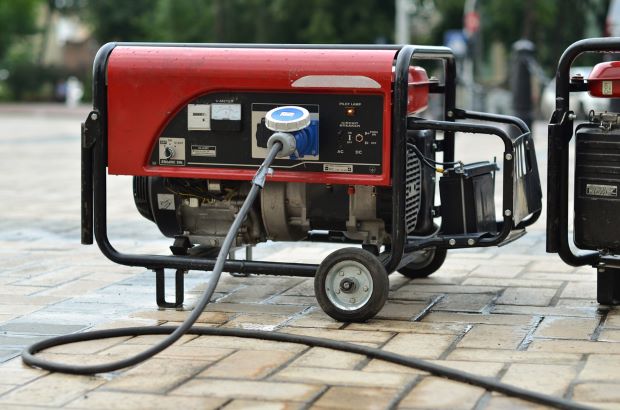

Ellen Whiting | May 9, 2023
|
Solar might work for some people. I looked into it. Turns out you can only use the credits on the actual electricity you use, not on the customer charge, the delivery charge, drinking water, surface water, sewer, oil, natural gas, garbage, yard waste and recycling pickup fees or any other fees and taxes. The smallest possible system for me would cost about $15,000, if I pay cash, $22,000 on credit. At today’s cost of electricity, and with my consumption, solar would save me $20 per month. So it would “pay for itself” over 62.5 years if I pay cash, 92 years on credit. And I’d still be dependent on the power company. Meh. It’s cheaper to learn a few primitive survival skills and prepare for emergencies.
john silvers | May 10, 2023
|
Bill,
Your math is off on the 600 watt example: a device using 600 watts ac is 120 v x 5 amps, no problem, but 50 amps draw at 12 vdc is 600 watts, not 6000 watts
john silvers | May 10, 2023
|
Agreed, there’s a lot of bullshit in the solar world, especially in the panel ratings and battery storage part of it. All the systems now are grid tied, which means if the grid is down, you’re down, except for maybe 2000 watts of emergency power coming off the panels. So what’s the advantage going grid tied solar? None.
Solar will work only if the lifestyle is changed to a much lower consumption. Also, backup generator for battery charging, LP gas for heating, passive solar for heating and passive cooling techniques and using dc appliances requiring less inverter power is part of the lifestyle change. You can do it, but gasoline and LP gas are ALWAYS included in the system design. So much for going totally solar.
I use 25 % efficiency for solar panels and a max of 8 hours of charging time per 24 hour day, meaning if the rating is 100 watts, I’ll use 25 watts at a max of 8 hours useable sunlight per day to calculate what battery charging to expect And I live in the sunshine state! A common calculation for PV out put is a 400 watt rated panel, 8 hours per 24 hour day, gives 800 watts of power over 24 hours. (100 watts x 8 hours of sunshine)
I’m putting together a system for a 38′ 5th wheel now. System specs: 9600 watts battery storage using Lithium Iron LiFePO4 batteries, (4 @ 200 Ah x 12 v dc), 1600 watts solar panels, 3000 watt inverter. At 25 % solar panel efficiency, I’ll get 400 watts x 8 hours or 3.200 watts charging per day out of the panels. What that means is to keep the batteries charged, I can’t use more than 3200 watts per 24 hour day of electricity. Pretty frugal living by any standard. Couple of cloudy days and I’m firing up the generator to charge the batteries. We ain’t going to be running the AC on solar, that’s for damned sure.
System cost: $12,000 with me supplying all the labor. The batteries are $7200 of that total. This is a pretty small system, but the 5th wheel is 300 sq ft with lots of passive features built in. Shore power is a wonderful thing, but living off grid is better.
Go to BackwoodsSolar.com, great info for all things solar for the DIY. GoPower.com is good as well. For the small mobile solar system for bugging out, check out GoSun.com. The solar stoves are insanely efficient.
Nope | May 11, 2023
|
Thanks for the info!
J. Borden | May 18, 2023
|
HI John, good to see you are doing well and putting your hard earned experience to good use. And thanks for the info on the websites, I’m going to them now!
Eric Miller | May 18, 2023
|
I have been using a 3kw system for about ten years now, and before the company installed a “smart meter”, the meter actually ran backwards on sunny, low consumption days. Then they changed the meter and paid me wholesale for the excess. Solar will pay for itself quite well if used wisely, but like you say, a grid-tied system is no use when the grid fails.
I developed the habit of logging meter readings each morning, so I know exactly how it performs. The biggest shock came in the first winter, because we had a reverse-cycle air conditioner. To put it simply, in summer, air conditioners operate most when the sun is shining, so a 5 or 6 kw system will supply most needs during the heat of the day, but in winter, sunlight is down and consumption is up, so a wood or oil heater is best. I have charted the consumption and bills from day one. Don’t forget that the bills rise with inflation, so the so savings increase over time.
Michael | May 18, 2023
|
1. The issue of mounting panels flat on a roof has another unfortunate side effect; It traps heat and the elevated panel temperatures, which result from this type of installation, reduce output power and shorten the life of the panels. There are roof standoffs and adjustable rack mount systems available, which can reduce panel heating and improve the installation geometry, but most installers do not use them.
2. Some new solar power technology is now more readily available (affordable). One of these is Maximum Power Point Tracking, MPPT, charge controllers, which mitigate some of the losses associated with the off-axis performance of non-tracking, PhotoVoltaic, PV, panels. Some of these MPPT charge controllers are built into the inverters.
3. Another more recent development is the option of adding a battery backup system to a grid-tied PV solar system. These new battery-backup modules use the more efficient, longer lasting (and more expensive), Lithium Ion Polymer or Lithiom-Iron-Phosphate chemistry batteries to store energy from your PV solar panels, during low consumption periods. In some cases you can prioritize how the power from your PV panels is diverted; either by charging batteries or offsetting power from the grid.. And the best part is that in the event of a grid power failure, the inverter automatically disconnects from the grid and begins generating power from the batteries and from the PV solar panels.
4. One last point, is that most installers or sales representatives, with whom I have spoken, do not use or know of an instrument called a solar surveyor. This optical instrument is placed on and oriented to the orientation of your roof or other proposed location and all obstructions which would shade the panels, can be mapped and the potential solar power available at that particular location can be calculated, before the design is completed and installation is started. Often, moving the design location of the panels a few feet away, trimming offending foliage or reorienting the panel direction and changing the panel inclination can make a significant improvement in performance.
Lewis | May 19, 2023
|
Thank you for the good info and thanks to the others that leave a comment.
James | June 25, 2023
|
The wattage of cells connected in series DOES ADD UP. The formula for power is amps TIMES VOLTS,